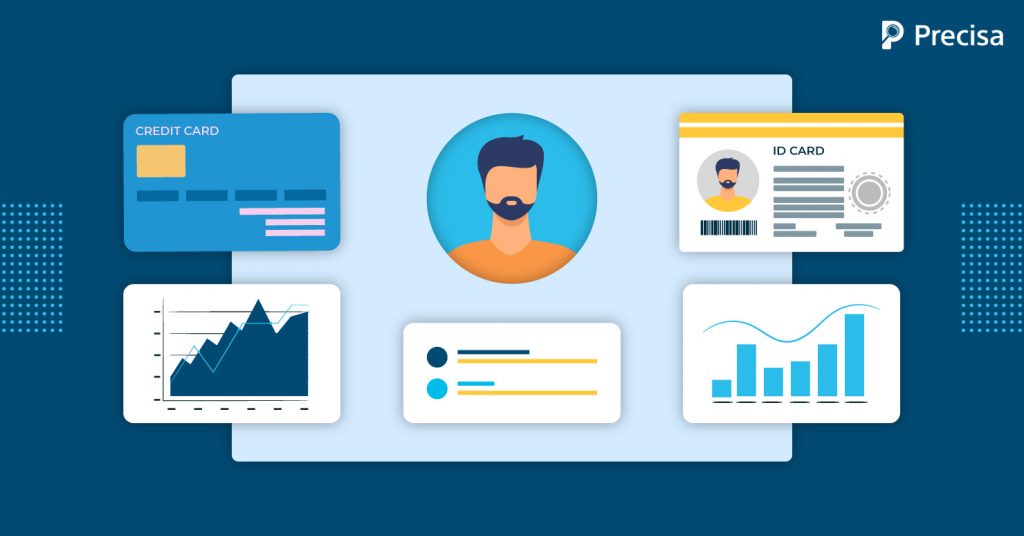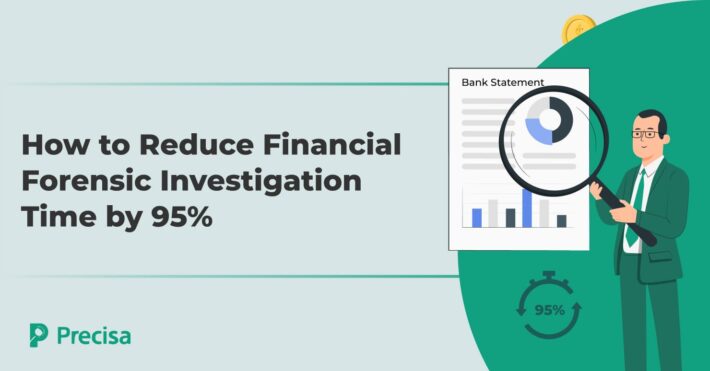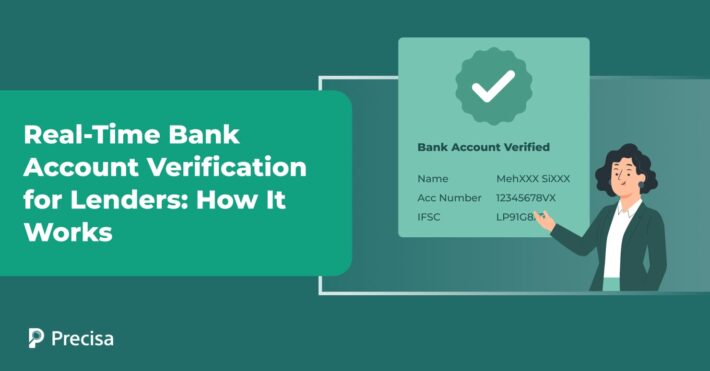Account Aggregators Go Live: What It Means & the Way Ahead

Account Aggregator Framework, launched in Sept. 2021 at a virtual event, is a novel technology architecture and part of India Stack – a collection of open-source APIs by GOI.
Account Aggregator (AA) is a framework that provides an overview of all your financial data like income tax returns, monthly salary, accounts statements, and other information in one place. It is poised to be a game-changer in how individuals and business people could access financial data in India.
As per insights published in theIndia Briefing, according to a 2019 report by PwC and FICCI, out of nearly 63.3 million MSMEs operational in India, only 10% can access formal credit. As a result, loan applicants have no choice but to approach informal channels for credit due to the absence of proper financial documentation records and, therefore, pay high interest rates. The Account Aggregator (with an NBFC-AA license) architecture seeks to salvage MSMEs from the shortage of credit.
In a nutshell, the AA platform permits the gathering of financial data of individuals with their permission and facilitates sharing among other financial institutions. This free flow of information allows financial institutions to customise their services by having a better understanding of their client profile.
How Does the Account Aggregator Work?
The Account Aggregator matrix has financial institutions like NBFCs, banks, AAs, third-party service providers, etc. While the banks are Financial Information Providers (FIPs), the lenders are the Financial Information Users (FIUs). The NBFCs-AAs act as a medium of communication while the third-party providers work with AAs.
- An individual or business opens an account with the AA by downloading their app available for Android users (as of now).
- On registering, the financial data like bank accounts, insurance policies etc., get linked together.
- When the customer requires a loan or any other financial service, banks or lenders demand financial information.
- During this time, the customer provides permission to the lender to access the financial information through the NBFC-AA.
- After the permission is taken, the Account Aggregator solicits permission from the Financial Information Provider to access customer data.
- The data is transferred to the AA, which enables lenders to ascertain the customer’s financial history and associated risk of loans to determine creditworthiness.
AA could revolutionise data as India knew it. For instance, a colossal eCommerce corporation has data on what a company buys, sells, how much it sells, and the characteristics of its customers.
Till now, the eCommerce store kept the data private. However, this sales data will now be available to potential lenders after GSTN joins the Accounts Aggregator architecture. In this case, the data becomes collateral.
What is the Need for an Account Aggregator? How Does it Benefit?
Currently, eight banks are a part of the network. Out of them, ICICI, IndusInd, HDFC Bank and Axis Bank are live, while SBI, Kotak Mahindra, IDFC First Bank, and Federal Bank are in the process of completing the formalities.
HDFC and Axis have already adopted the framework for providing auto loans. In addition, four NBFCs or AAs, i.e., Finvu, CAMS Finserv, OneMoney, and NESL, have received operational licences. Their primary task is to act as an intermediary or a consent manager between the user and the financial entities. Multiple entities have got in-principle approvals as well.
The AA infrastructure seeks to synthesise the scattered financial information of the user across various data points and integrate, simplify, and present them together for easy access and availability of credit for individuals and businesses. However, in India, credit issuance has been a cumbersome process due to the lack of data sharing mechanisms.
The network will help the lenders better assess creditworthiness efficiently, make faster and more informed lending decisions, prevent bad loans, and expand the borrower base.
The network will also help borrowers have a more genuine assessment of their creditworthiness, which are not captured by traditional methods—the result: more customisation with user-centric financial products and enhanced customer experience.
Most of the MSMEs are outside the ambit of formal credit as they lack credit history due to the absence of accessible and transparent financial data. The AA infrastructure with access to their financial data can bring forth their creditworthiness and eligibility for a loan.
According to iSpirt, an Indian software industry think tank, the Account Aggregator creates secure, digital access to personal data at a time when Covid-19 has resulted in physical interaction limits,
What is the Future of AA?
The 2nd September 2021, Account Aggregator Go Live session was a milestone in this new journey. Eight Indian banks, four account aggregators, and the government’s Goods and Services Tax Network announced the rollout of the Account Aggregator ecosystem. Multiple Technical Service Providers (TSPs) also became part of this growing framework.
The Reserve Bank of India has asked the financial institutions to share the customer financial information with the Account Aggregator in a structured manner. As per Mr Rajeshwar Rao, Deputy Governor, RBI, “AAs enable secure, consented data flows while protecting user privacy. In conjunction with other platforms like the Unified Payment Interface, Account Aggregator creates in India the most cutting-edge digital financial infrastructure in the world.”
To ensure data privacy and security, RBI has mandated that the information cannot be monetised. Therefore, data transfer has to be deleted from the AA portals after a specific period. Additionally, the data is securely encrypted for enhanced security and is only available to entities requesting access to the data.
According to Mr Nandan Nilekani, non-executive chairman of Infosys, ongoing discussions about connecting the telecom sector data with the account aggregator network. There are plans to expand this network to other sectors like telecom and health tech also. For example, if a user has an excellent historical record of mobile bills paid on time, his loan will receive quicker approval from the financial institutions.
Precisa is an online bank statement analysis application used by organised and unorganised banks, NBFCs, and other lending institutions to process and analyse bank statements of potential loan applicants.
Contact us today to streamline the lending and bank statement analysis.




